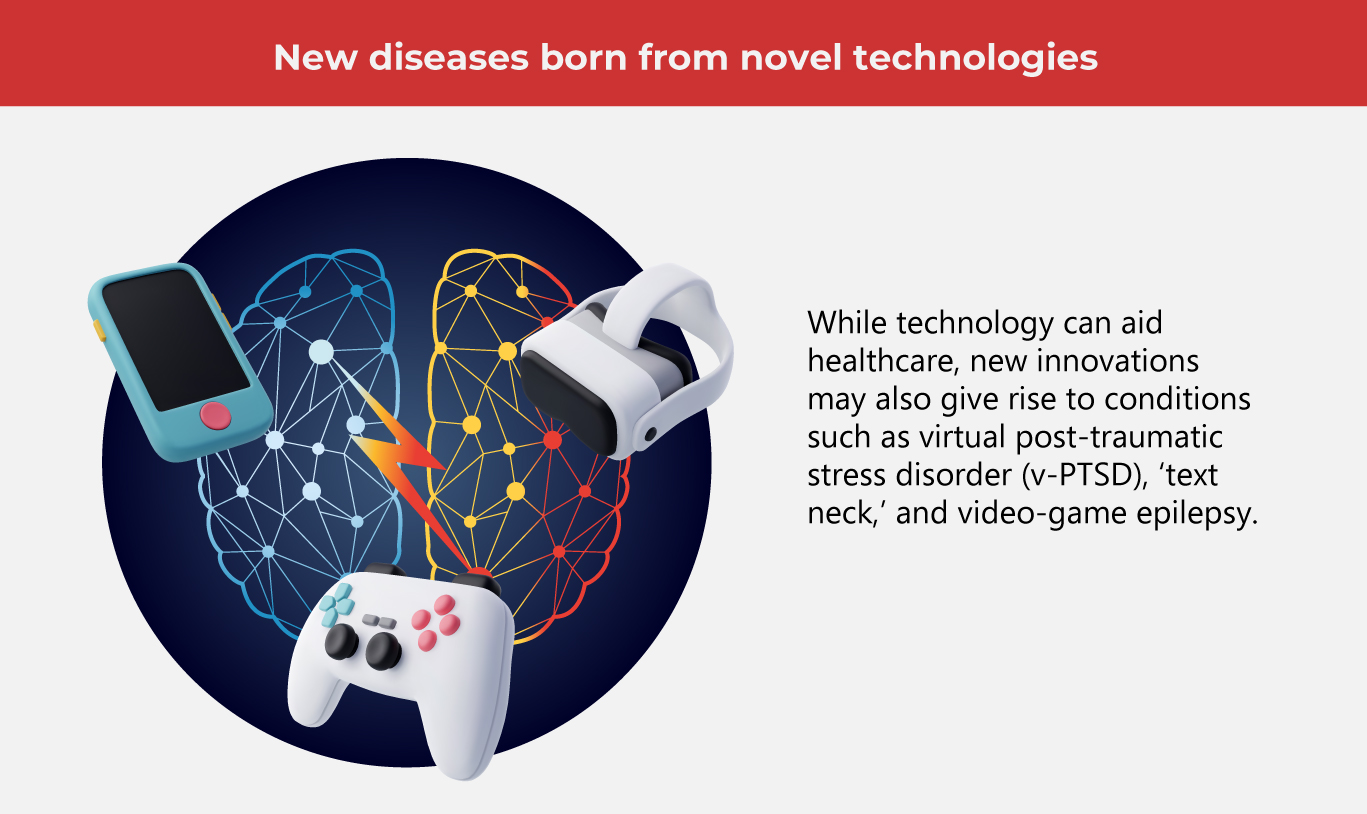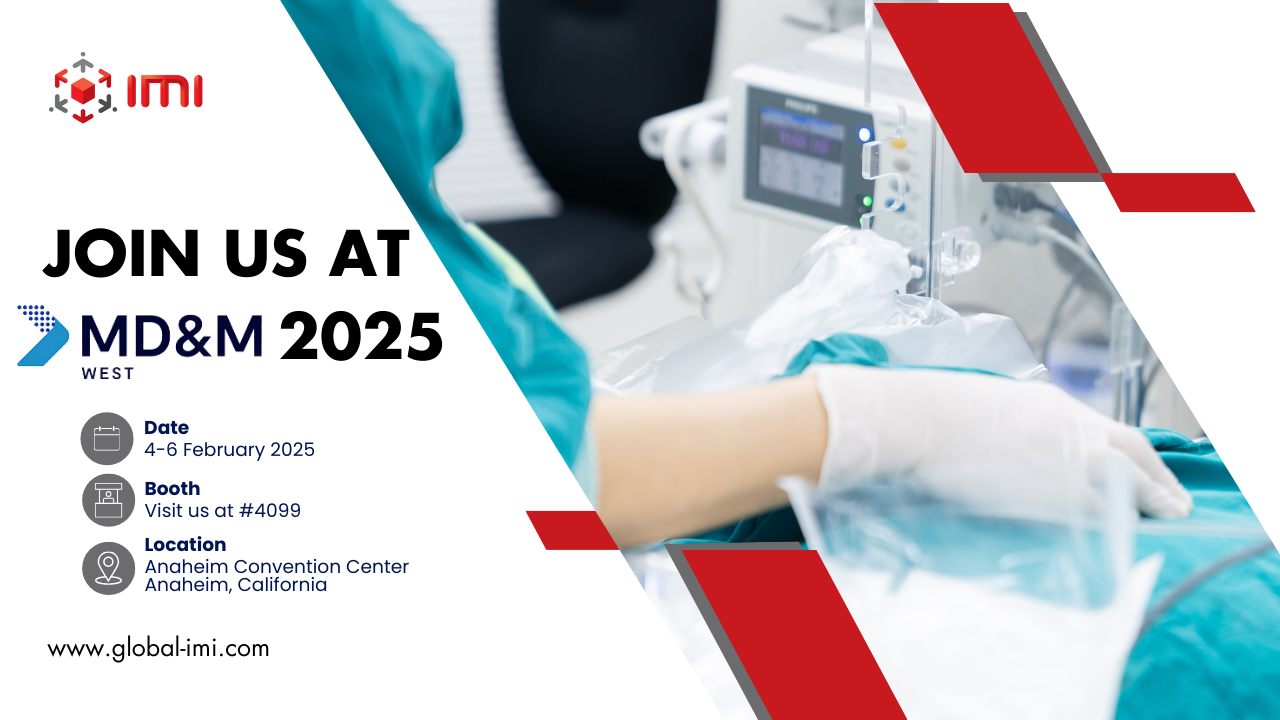Top 12 Med Breakthroughs for Better Health This 2025

The rapid evolution of healthcare innovations is driven by advancements in product design and development across various sectors, including virtual care solutions, health monitoring technologies, and robotics. Technologies like 3D printing, nanomedicine, and blockchain are boosting patient outcomes, reflecting a growing focus on improving healthcare delivery through cutting-edge research and development practices.
The intersection of technology and healthcare continues to unlock unprecedented possibilities, paving the way for future-ready solutions that transform patient care and medical practices. As we look ahead, these innovations promise not only to refine existing systems but also to introduce groundbreaking approaches to health and wellness.
12 Best Tech Innovations in 2025
Here are our top 12 innovations to watch in 2025—poised to make a significant impact or continue evolving in exciting ways.
-
Eye-tracking technology to aid surgical procedures
Extreme vision technology is advancing healthcare through innovative eye-tracking systems, particularly in radiology and surgery. Researchers at the University Health Network have developed a cost-effective gaze-tracking solution tailored for operating rooms. This technology captures gaze data and displays it on surgical monitors, addressing system integration challenges.
-
Fresh treatment for schizophrenia
The US FDA recently approved Cobenfy, a new product introduction in the field of psychiatry. Unlike dopamine-targeting medications, Cobenfy addresses schizophrenia symptoms with fewer side effects. While adverse reactions like nausea and dizziness were reported, further research on its long-term efficacy is needed to discover its full potential.
-
A non-intrusive miRNA-based platform to lower stillbirth rates
Imperial College researchers in London have created innovative testing solutions to address the risks of small-for-gestational-age (SGA) babies, particularly in premature births. Using maternal blood samples, their platform detects microRNA biomarkers linked to SGA risks early. This cost-effective method integrates seamlessly into routine pregnancy screenings.
-
Tailored medicine
Hyper-personalized medicine allows tailoring treatments based on a patient's genetic makeup, lifestyle, and environment. Laboratory testing, such as genetic analysis, helps doctors prescribe medications that minimize side effects and enhance effectiveness. Advancements like CRISPR, a precise gene-editing technology, allow targeted DNA modifications to correct genetic disorders. Wearable medical electronics also enable real-time health monitoring.
-
A breath-based human-machine interface for communication
Researchers at Case Western Reserve University have a low-cost, non-invasive human-machine interface (HMI) that uses breath patterns for communication. Unlike costly and invasive alternatives like brain-computer interfaces and eye gaze trackers, this solution offers a simple way to assist those with disabilities in performing daily tasks.
-
Revolutionizing blood analysis
By 2025, expect faster, more accurate blood tests that require only small samples. Microfluidic technologies enable multiple tests from a single drop of blood, speeding up diagnoses. Advanced point-of-care devices expand testing beyond labs, providing reliable diagnoses, especially in remote areas, ensuring timely care and improved patient outcomes through enhanced reliability testing.
-
IV training arm with motion control and sensory feedback
Scientists at the University Health Network in Toronto developed an intravenous training arm with sensory feedback and remote motion control. This prototype enables precise product testing, reducing intravenous medication errors. It integrates into simulation tools like medical models and hybrid simulations, improving training and healthcare outcomes.
-
Applications of 3D printing
3D printing enables patient-specific implants, enhancing surgical accuracy, and reducing recovery times. Precision machinery is central to this process, ensuring detailed and accurate creation of custom implants. 3D-printed organ models also allow surgeons to practice procedures, emphasizing the role of visual inspection in improving surgery safety and efficiency.
-
Brain-computer interfaces to address paralysis
Companies like Synchron are leading systems development in brain-computer interface technology with their minimally invasive "stentrode" implant, while Neuralink’s trials are also progressing. These breakthroughs could soon allow paralyzed individuals to regain movement, offering hope for future neuroprosthetics that could restore vision, hearing, and memory.
-
Using voice as a diagnostic and healthcare aid
Vocal biomarkers, such as those identified by Vocalis Health and Sonde Health, can help detect conditions like pulmonary hypertension and mental health issues. Additionally, AI-powered cough analysis apps, like CoughTracker, use advanced models to analyze cough patterns, aiding both self-evaluation and clinical assessments.
-
Digital tattoos
Advancements in 3D printing, circuit printing, and flexible electronics have made digital tattoos a reality. These skin patches, made from materials like gold nanorods or graphene, can monitor vital signs noninvasively. They transmit health data to connected devices, aiding in the detection of conditions like heart arrhythmia and sleep disorders.
-
Improving mental health care with machine learning and AI
Researchers at Cornell University developed an online tool to monitor mental health symptoms and offer real-time treatment resources. By utilizing fMRI technology, which tracks brain activity through blood flow changes, the tool provides objective feedback, helping study psychiatric symptoms and deliver cognitive behavioral therapy via apps.
Overcoming challenges in healthcare innovation
The development of new healthcare innovations presents several challenges that must be navigated to ensure promising results, particularly within industry-academia collaborations. Key issues include:
-
Data security
Protecting sensitive patient information in an increasingly digital healthcare landscape is crucial. Safeguarding privacy while implementing new technologies must be prioritized.
-
Regulatory compliance
Meeting industry standards and adhering to regulatory frameworks is necessary for the safe deployment of healthcare innovations.
-
Ethical concerns
Ensuring ethical research conduct and patient safety in joint projects, including clear communication and handling conflicts of interest, is essential.
-
IP ownership and licensing
Intellectual property (IP) rights often pose challenges in collaborative partnerships. Determining ownership and negotiating fair licensing agreements can be complex.
-
Scaling research for industry standards
Translating academic research into commercially viable products requires overcoming the challenge of scaling up findings to meet global manufacturing and industry requirements.
-
Equitable access
Ensuring that new innovations benefit all patients, not just a select few, is key. This includes providing affordable access to the broader population.
As one of the Top 20 EMS companies in the world, IMI has over 40 years of experience in providing electronics manufacturing and technology solutions.
We are ready to support your business on a global scale.
Our proven technical expertise, worldwide reach, and vast experience in high-growth and emerging markets make us the ideal global manufacturing solutions partner.
Let's work together to build our future today.

IMI is excited to confirm its presence at MD&M West 2025 in Anaheim, CA, from February 4–6, 2025, at Booth 4099.
This leading event will feature more than 1,700 exhibitors, highlighting cutting-edge advancements in medical technology and innovation.




